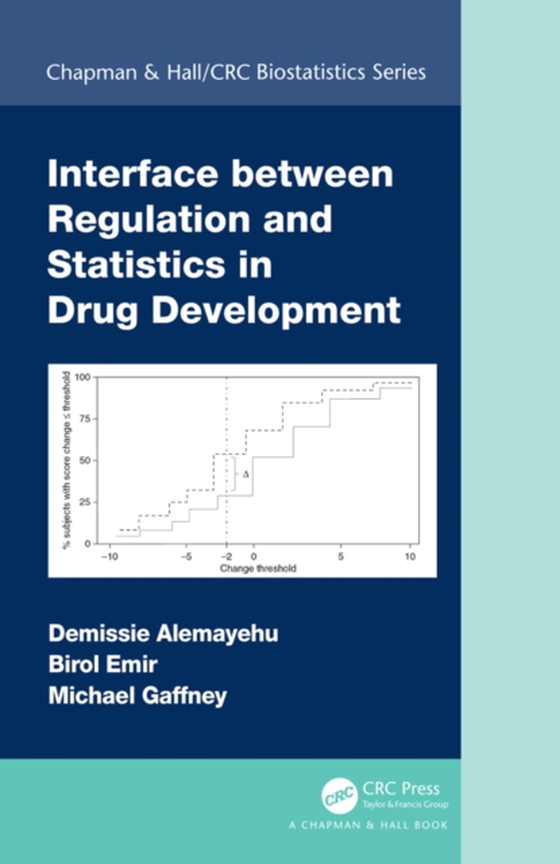
Interface between Regulation and Statistics in Drug Development e-bog
403,64 DKK
(inkl. moms 504,55 DKK)
With the critical role of statistics in the design, conduct, analysis and reporting of clinical trials or observational studies intended for regulatory purposes, numerous guidelines have been issued by regulatory authorities around the world focusing on statistical issues related to drug development. However, the available literature on this important topic is sporadic, and often not readily ac...
E-bog
403,64 DKK
Forlag
Chapman and Hall/CRC
Udgivet
11 november 2020
Længde
146 sider
Genrer
MBGR1
Sprog
English
Format
pdf
Beskyttelse
LCP
ISBN
9781000215700
With the critical role of statistics in the design, conduct, analysis and reporting of clinical trials or observational studies intended for regulatory purposes, numerous guidelines have been issued by regulatory authorities around the world focusing on statistical issues related to drug development. However, the available literature on this important topic is sporadic, and often not readily accessible to drug developers or regulatory personnel. This book provides a systematic exposition of the interplay between the two disciplines, including emerging themes pertaining to the acceleration of the development of pharmaceutical medicines to serve patients with unmet needs. Features:Regulatory and statistical interactions throughout the drug development continuumThe critical role of the statistician in relation to the changing regulatory and healthcare landscapes Statistical issues that commonly arise in the course of drug development and regulatory interactionsTrending topics in drug development, with emphasis on current regulatory thinking and the associated challenges and opportunities The book is designed to be accessible to readers with an intermediate knowledge of statistics, and can be a useful resource to statisticians, medical researchers, and regulatory personnel in drug development, as well as graduate students in the health sciences. The authors' decades of experience in the pharmaceutical industry and academia, and extensive regulatory experience, comes through in the many examples throughout the book.
 Dansk
Dansk

